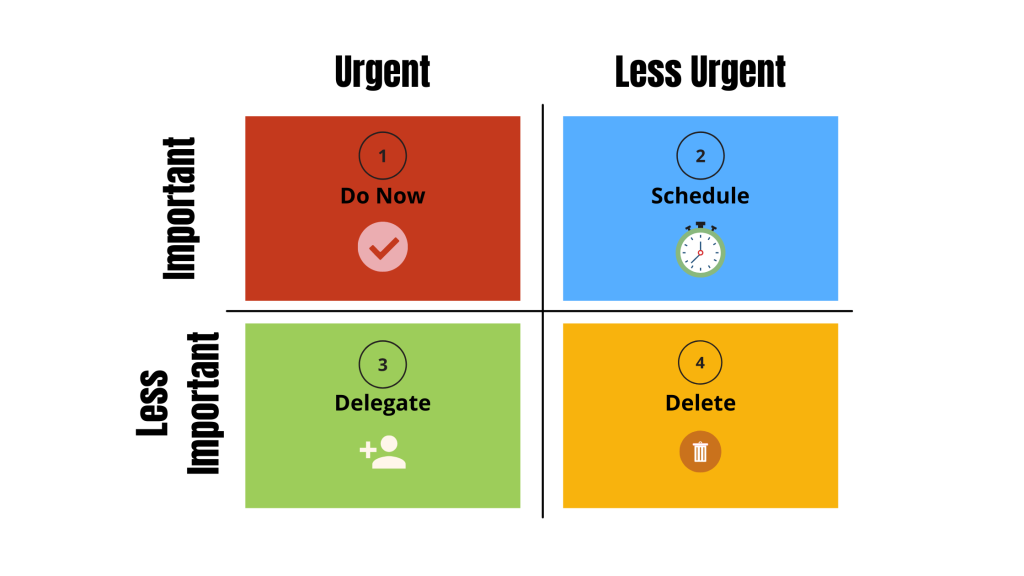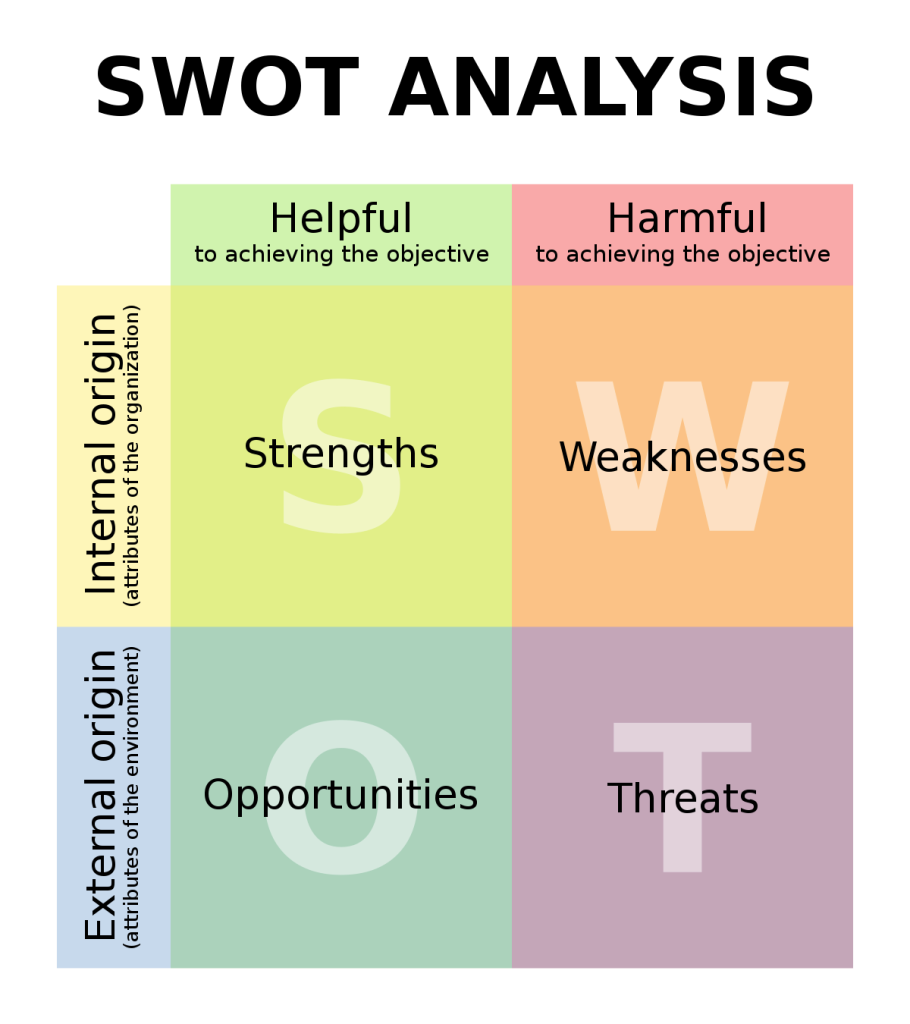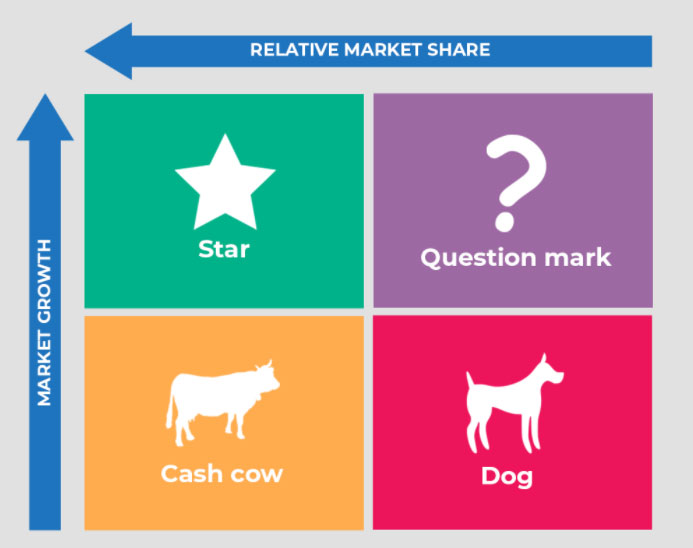Short description: This article provides tips and techniques for effective decision-making in the workplace, including using the Yes/No rule and the Eisenhower matrix to prioritize tasks, and utilizing tools like SWOT analysis, the Pareto principle, and the BCG Box to make informed choices. It also offers advice on minimizing distractions and improving focus.
One of the common challenges we encounter in our daily work is making decisions. Some of these decisions need to be made on the spot, while others can wait. The key is understanding the difference between them and properly prioritizing them.
Some decisions are rather simple and only require our acknowledgment or a simple yes or no answer. Others are more complex and require more information and careful consideration. This is normal, and in a perfect environment, we would have enough time to focus on all of them and make the right decisions.
However, this article will focus on environments and situations that are far from perfect. For example, what if you have dozens of requests on your desk every morning and the list just keeps piling up? You will probably start feeling overwhelmed.
But don’t worry, below you will find a small list of useful tips and tricks on how to clean up this mess.
As I like to draw comparisons, let’s imagine that we are running errands around town and compare them to possible work scenarios.
Writing tasks down
Since I’m a nerd I like to have a list for everything. So lets write down groceries, ATM, shopping for that odd sized drawer I’m looking for weeks now that would fit perfectly in my weird long ass hallway, finding cool shoes for my friend’s wedding, going to the phone company in person since they are ignoring my emails and whenever I call they keep me on hold, having a coffee with friends, copying my mailbox key, washing my clothes.
This already sounds like a really action packed day, I guess I should prioritise this list based on what needs to happen today. I need:
- groceries to stay alive
- ATM since its a rather quick task and I can do it along the way
- coffee with friends because we all deserve a break
- I really need to go to the phone company
- everything else is a plus and I will be super happy if I manage to finish it.
Similar to the list I just made we should look at work as well. Therefore I usually start my day with a list and right off the bat use something known as “The Yes/No rule“. The idea behind is to ask yourself three questions. If you answered on all of them with “Yes“ this means the action on it needs to happen today and by you. Another layer that really works well in addition to this rule is a technique named “The Eisenhower matrix“ which is shown on the graph below. My three go-to questions are:
- Is this something only I can resolve? – If the answer is “No“ and the topic is something I’m not expert in I usually delegate it or put it for my “Do after“ list
- Does the decision need to happen today? – If the answer is “No“, I add the task for “Do after“ list which I check after I have biggest priorities for today lined up
- Is this a really quick task (up to 5 minutes)? – If the answer is “Yes“, I do it on the spot and start my day with a quick win
Of course you can add more questions to the mix or change questions I’m using with more fitting ones for your needs. Either way I would be interested to hear your thoughts or ways to improve this simple yet effective rule.

Doing the work
After we have completed the short and easy tasks from the list, we are left with bigger challenges. Depending on the scenario this is also the hardest part to describe. Therefore I will take examples of techniques I usually use and hope you can find them useful as well.
SWOT Analysis

SWOT Analysis is really helpful in situation when you are just evaluating and planning a new product or when you have a blocker and need to choose the right path forward. It is also beneficial for retrospectives after the project is done and already on the market. It is funny and interesting to compare your predictions and how it turned out in the end.
Besides these I’ve used it in certain occasions to onboard new people to already running project. It is proven itself as highly useful.
The Pareto Principle
Due to the nature of my job and the team I’m working with a lot of the decision making is related to bugs and prioritising them. In these occasions from time to time I like to use the Pareto principle. Pareto principle states “that for many outcomes, roughly 80% of consequences come from 20% of causes”.
Of course this number isn’t exact and scientifically proven. However if you start paying attention to the nature of bug tickets, labeling the areas they are related to and pulling reports on regular time basis, there is a high probability that you will find corelation between these and catch the problem while its still rather small.
The BCG Box
Another useful method that has proven itself highly valuable when evaluating costs and benefits. It was developed by Boston Consulting Group to distinguish 4 different types of investments:
- Cash cows – investments that don’t cost much but promise high investment returns in the long run
- Stars – possible high growth but also requires higher amounts of investment
- Question marks – high growth potential but low market share
- Dogs – low share in saturated market

Isolating distractions
There isn’t anything more annoying than getting constantly interrupted while you working on something. Sadly this is part of the job description and you will never manage to clear everything off of your desk. For this I could recommend couple of things that helped me:
- Block your calendar at productivity peaks. I find myself most productive in the mornings since there isn’t a lot going on. Therefore I block my calendar from 8am to 10am and try to get done as much as I can in those moments.
- Block last 30 minutes of your work day. This is the time I take to go through my task list, prioritise items for the next morning and reflect on the day behind me.
- When working try to stay in the zone as long as possible. Define communication channels through which the really urgent stuff comes in, everything else can wait a bit. Don’t jump on everything, doesn’t matter how serious it sounds it can usually wait at least 30-60 minutes.
And last but not least I would like to recommend two books I’ve used as good resources for productivity over the years:
- The Decision Book – 50 Models for Strategic Thinking by Mikael Krogerus and Roman Tschappeler
- Getting Things Done by David Allen
Let me know your thoughts.
Best,
Adnan

Leave a Reply